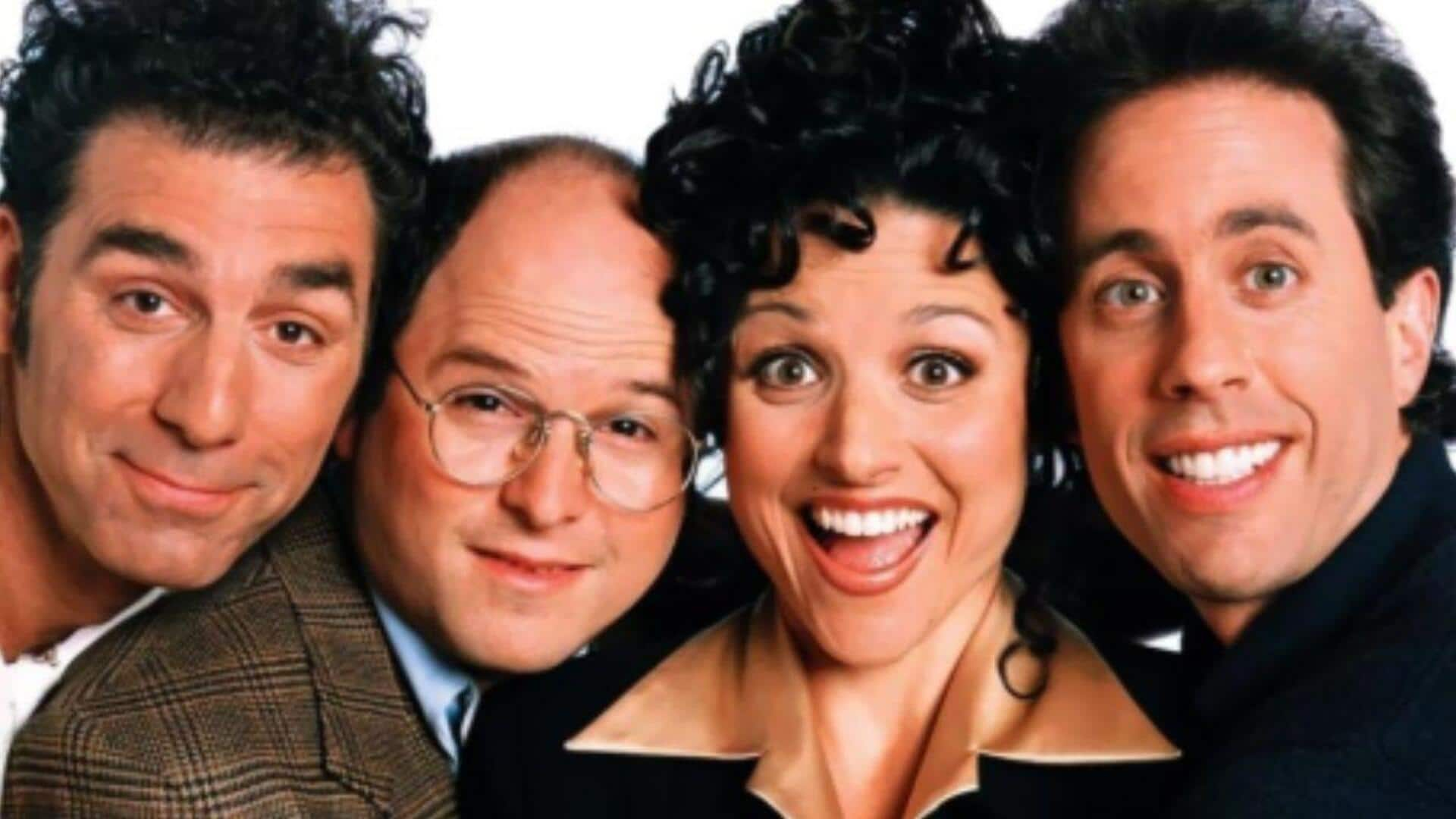
The truth about city neighbors that 'Seinfeld' didn't show
What's the story
The iconic sitcom Seinfeld always showed urban neighbor interactions in a hilarious light, with its quirky characters and larger-than-life scenarios. While that made for amazing television, it sometimes failed to do justice to how real-life urban neighbors interact. In reality, urban living is a maze of social nuances, often not depicted on the show. Here's looking at some of those misconceptions and genuine urban neighbor interactions.
#1
Overemphasis on quirkiness
In Seinfeld, neighbors are mostly shown as quirky people with weird habits. Yes, quirky people do exist, but the show turns it up a notch for the sake of humor. In real life, most urban neighbors live regular lives with mundane routines. The emphasis on the weird can sometimes distract from the more relatable aspects of shared spaces and respect for one another that make up most urban neighborhoods.
#2
Lack of community building
The show hardly puts a spotlight on community-building efforts between neighbors. In fact, a lot of urban residents participate in activities to build a sense of community, be it through block parties or neighborhood associations. These efforts create a supportive environment where residents look out for one another and work together on local issues.
#3
Minimal conflict resolution
Conflicts between neighbors in Seinfeld were largely unresolved or were blown out of proportion, minus the punchline. In real life, however, conflicts need to be resolved through effective communication and compromise to ensure peace in densely populated areas. Urban residents often use conflict resolution techniques to deal with noise complaints or arguments over communally shared resources.
#4
Ignoring cultural diversity
The cultural diversity that many urban neighborhoods have is not quite captured in Seinfeld. Real-life cities are melting pots of different cultures and backgrounds that contribute to vibrant communities. Understanding and appreciating this diversity is crucial for fostering positive neighborly relations and enriching the social fabric of an area.
#5
Limited depiction of support networks
While Seinfeld has a penchant for individualistic characters, it misses out on the support networks that commonly develop among urban neighbors. Those living in proximity usually create informal systems of assistance, be it borrowing things or lending a hand in emergencies. These networks contribute significantly to improving the quality of life in cities by making way for cooperation and trust among residents.